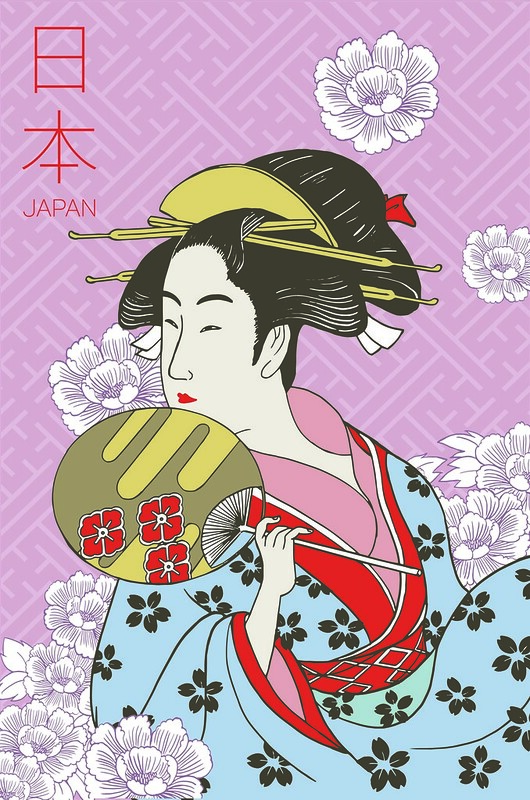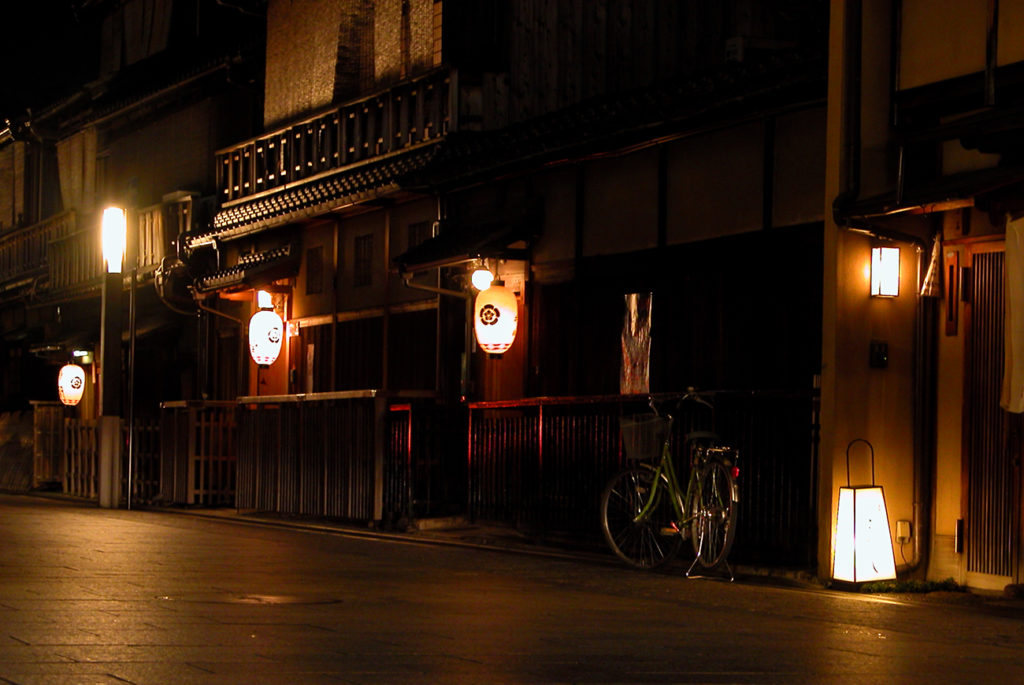
The Japanese Geisha Culture
 Heartache, unrequited love, loss, death, and pain. Words that we wish we could avoid in our lifetime. Such human emotions bring bittersweet memories and experiences that we all can probably relate to. These words may come to mind when picturing the painted white faces, red lips and distinct shimada (chignon) of a geisha.
Heartache, unrequited love, loss, death, and pain. Words that we wish we could avoid in our lifetime. Such human emotions bring bittersweet memories and experiences that we all can probably relate to. These words may come to mind when picturing the painted white faces, red lips and distinct shimada (chignon) of a geisha.
Geishas have captivated the world since the popularity of “Madame Butterfly” (1898), a short story by John Luther Long and the three-act opera “Madama Butterfly” by Giacomo Puccini.
More recently, “Memoirs of a Geisha” (1997), a fiction novel by the American author Arthur Golden, romanticizes the story of a geisha working in Kyoto before and after World War II. A film version was also released in 2005. The image of a geisha to the rest of the world still remains as alluring and mysterious until today.
A geisha, literally translates to “arts person”. Usually the term refers to a highly trained traditional Japanese female entertainer trained in various arts such as dancing, classical music, singing, tea ceremony, and calligraphy.
A geisha starts out as an apprentice called a maiko or “dance child.” While a geiko is primarily used to refer to a geisha from Kyoto, geisha was formerly used to refer to those from Tokyo and its surrounding areas. Geisha has now become the general term for all traditional entertainers.
In the early part of Japanese history, female entertainers known as Saburuko “those who serve” were mostly wandering girls whose families were uprooted and displaced from the chaos of the late 600s. Some of these Saburuko sold sexual favors while more educated ones made a living by entertaining at high-class social events. The move of the Imperial Court in making Kyoto the capital of Japan in 794 aided in forming the basis of the geisha culture in Japan.
Gion-geisha ward, Kyoto.
Modern geisha still thrive in traditional geisha houses called okiya in areas called “flower streets.” They still learn traditional instruments and games, sing traditional songs and dances, literature and poetry, tea ceremony, as well as calligraphy.
Ichiriki-tei (Ichiriki Mansion) is a historical ochaya or Geisha “tea house” in Kyoto. It is located at the southeast corner of Shijō Street and Hanami-Koji, at the heart of the Gion Kobu district. Many modern geishas are successful enough to live independently. In today’s modern era, Geishas still live on in Japan’s high-culture world, the karyūkai, “the flower and willow world.” How fascinating it would be to get a glimpse into their own world.


